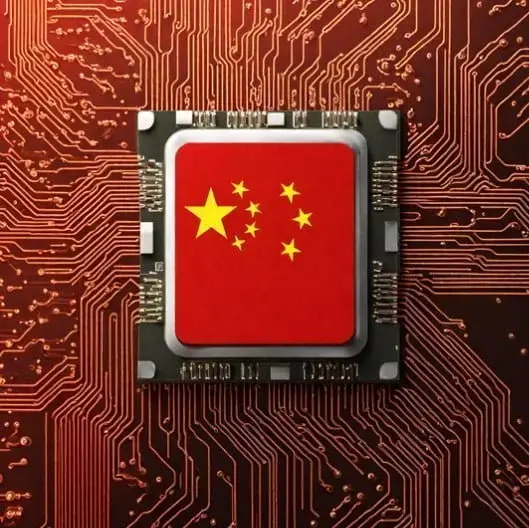Chinese Imports of Chipmaking Equipment Surge by 90% in Last Quarter
Chinese imports of chipmaking equipment have seen a remarkable uptick, with a staggering 90% surge in the last quarter, reaching a total value of $8.7 billion, according to an analysis of Chinese customs data by Nikkei. This surge is particularly notable in the case of lithography equipment imports, which experienced an unprecedented fourfold increase. The Netherlands alone saw a sixfold surge in its exports to China following the imposition of export controls by the Dutch government in September.
ASML's Sales Soar as China's Share Increases
ASML, a leading player in lithography equipment, witnessed a significant leap in China's share of its sales. Last quarter, China accounted for 46% of ASML's sales, a substantial increase from just 14% in 2022. Despite concerns that these imports might be used for high-end semiconductor production, ASML's CFO emphasized that the shipments were designated for mid-critical and mature production processes, circumventing the advanced semiconductor sanctions.
Shifting Geographical Landscape of Imports
The breakdown of imports by country reveals a shifting landscape. Japanese imports increased by 40%, driven by contributions from Tokyo Electron's specialty in lithography and etching equipment. Meanwhile, imports from the U.S. grew by 20%, although the American share dropped to 9% from 17% in 2021. Dutch imports surged to 30%, while Japan's share declined to 25% from 32%.
Concerns and Calls for Coordination
Export restrictions imposed by the U.S., Japan, and the Netherlands in October 2022 have raised concerns about the potential misuse of imported equipment. In response to the expanded U.S. curbs, the Semiconductor Industry Association has urged stronger coordination among allies to maintain a level playing field.
China's Semiconductor Market Takes Center Stage
China has emerged as the largest market for semiconductor production equipment globally. In the April-June quarter, China accounted for 29% of global sales, according to trade group SEMI. One notable highlight is Huawei's release of a 5G smartphone featuring a homemade advanced 7-nanometer chip, despite facing restrictions from the U.S. However, questions remain about the fabrication sources as Huawei is limited in using American equipment.
Challenges and Dynamics in the Semiconductor Industry
The current U.S. efforts to restrict chip exports to China, particularly in the areas of EDA tools and capital equipment, aim to curb China's drive toward semiconductor self-sufficiency. While China boasts a large chip market demand and government support, it faces challenges in its dependency on key inputs like EDA and capital equipment. As China seeks to expand in mature nodes like 28 nm, it encounters reluctance from Europe and Japan and limited acceptance in foreign markets.
The surge in chip equipment imports by China raises significant global concerns and underscores the complex dynamics shaping the semiconductor industry.


Leave a Reply